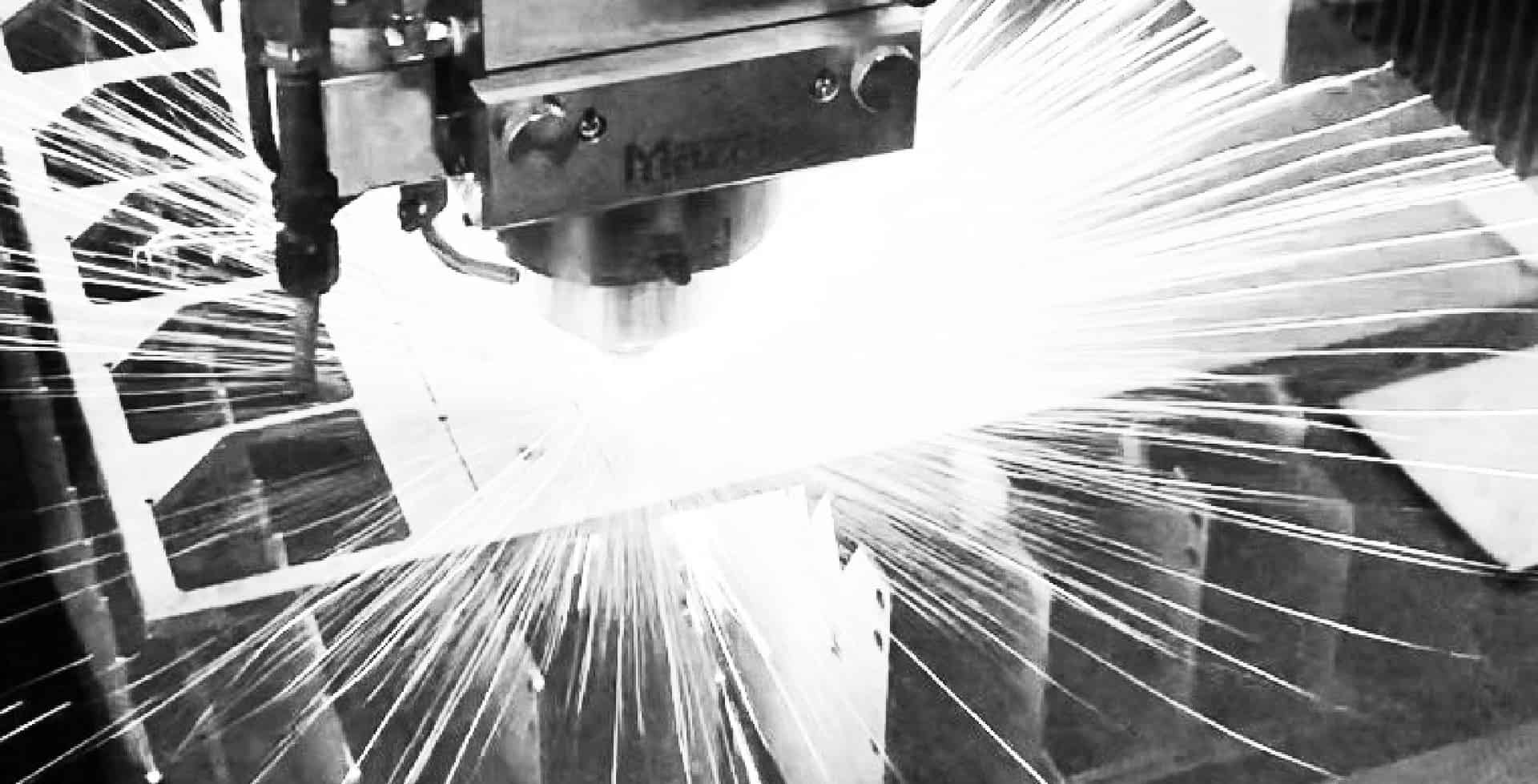Baghouse maintenance for industrial air quality

Industrial baghouse maintenance contributes to longer bag life, better efficiency and lower operation costs. A critical component in baghouse efficiency is properly maintaining its filters.
Why baghouse maintenance is important
Increasing efficiency
With proper maintenance, the dust collection system as a whole will function more efficiently and have consistent air flow. That’s because it takes a greater amount of energy to pull air through dirty filters. Also, regular maintenance reduces the amount of compressed air used to clean the filters, thereby saving money.
Compliance
Regular filter cleaning will also help you maintain a dust collection system that functions correctly and that keeps you in compliance with regulations and permit standards issued by the Environmental Protection Agency, state Department of Natural Resources offices and the Department of Environmental Quality.
Baghouse maintenance improves overall performance
You’ll know baghouse filters are beyond their use when the differential pressure across the filters changes dramatically or when a regulatory body dictates that a filter’s lifecycle is complete. Certain factors indicate when a filter is clogged or leaky:
Clogged filters
Some particulate build-up on the filters is preferred because the “cake” holds and filters contaminants more effectively. However, when there is too much cake buildup, air becomes more difficult to move through the filter and differential pressure rises. In this case, cleaning is required. If the differential pressure remains high after cleaning, the filters should be replaced.
Leaky filters
A simple test checks the differential pressure across the baghouse to determine whether it is operating inefficiently due to leaky filters. Holes can develop in a filter, as indicated by a sudden drop in differential pressure. A broken bag detector or particulate sensor can be installed to notify you when a leak develops.
IVI’s TraceAir solution tests airflow by injecting a fluorescent dye powder into the air stream. After this powder has coated the baghouse’s interior, the fan is shut down in order to examine the clean air side for traces of color under a black light. This provides accurate and expedient identification of leaks in the baghouse.
Considerations when using compressed air
Using the correct amount of compressed air through the filters to clean them is important to ensure the particulates loosen from the filter—too much and the filter web expands, allowing contaminants to pass through the filters. Too little compressed air results in filters that won’t be cleaned as effectively and need to be replaced more frequently.
Also, if your facility has excessive moisture or oil in the ambient air or in the compressed air, those materials will affix to and blind off the filters, negatively impacting filter life.
Other considerations when replacing filters:
When it is time to replace your baghouse filters, you need to take into consideration a number of factors.
- Matching the bag type with the application, including:
- Dust collector type
- Material being collected
- Hours of use
- Operation temperature
- Tube sheet dimensions
- Using pleated filters that are shorter, providing more space under the filters for a larger drop out area. Pleated filters also may increase air-to-cloth ratio and filtration efficiency.
Working with IVI
IVI can evaluate your ventilation system to determine whether its filters need to be maintained or replaced. We also offer monthly, quarterly or annual maintenance plans. Contact IVI to learn how we can help you keep your ventilation system running efficiently.